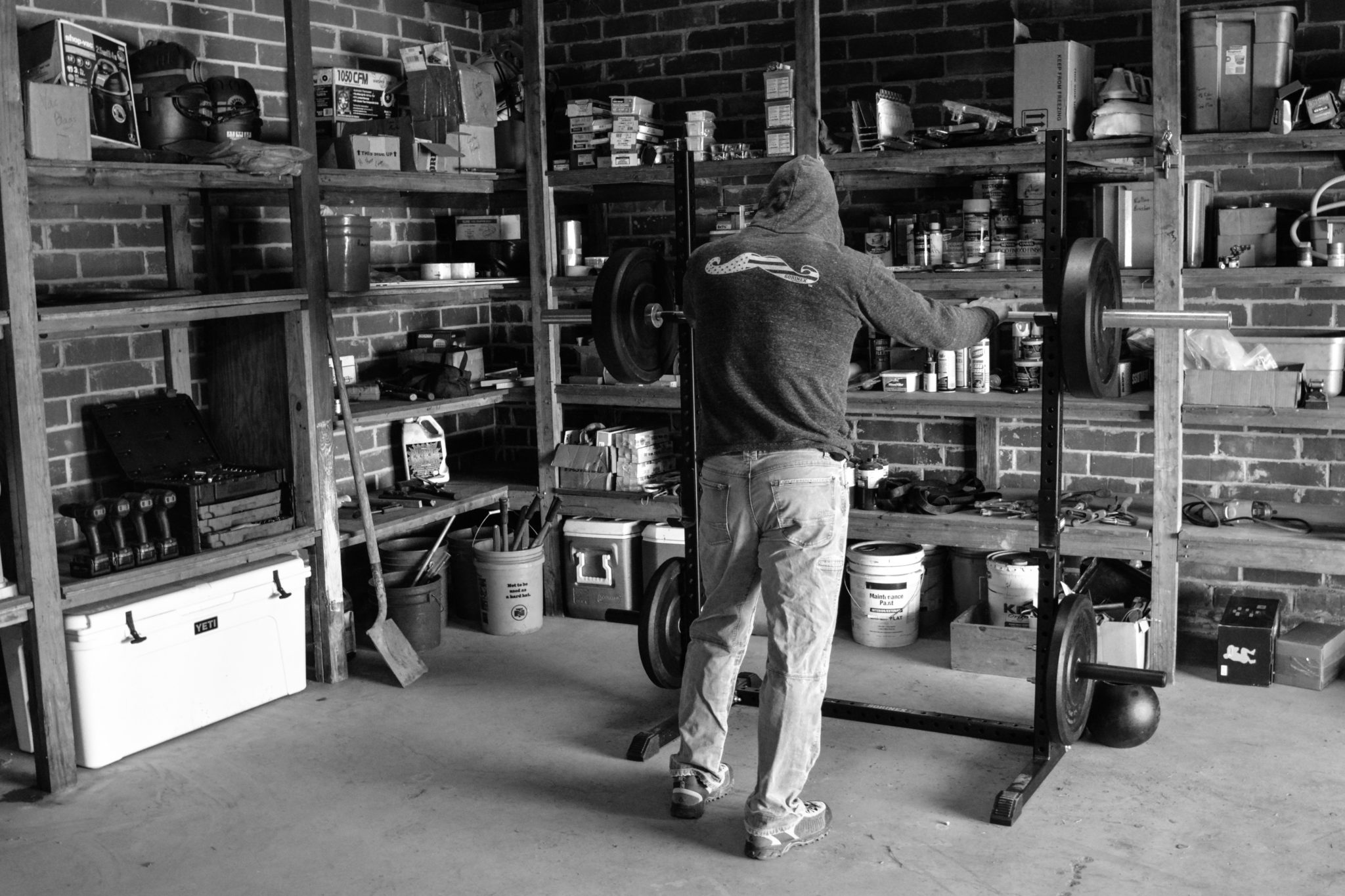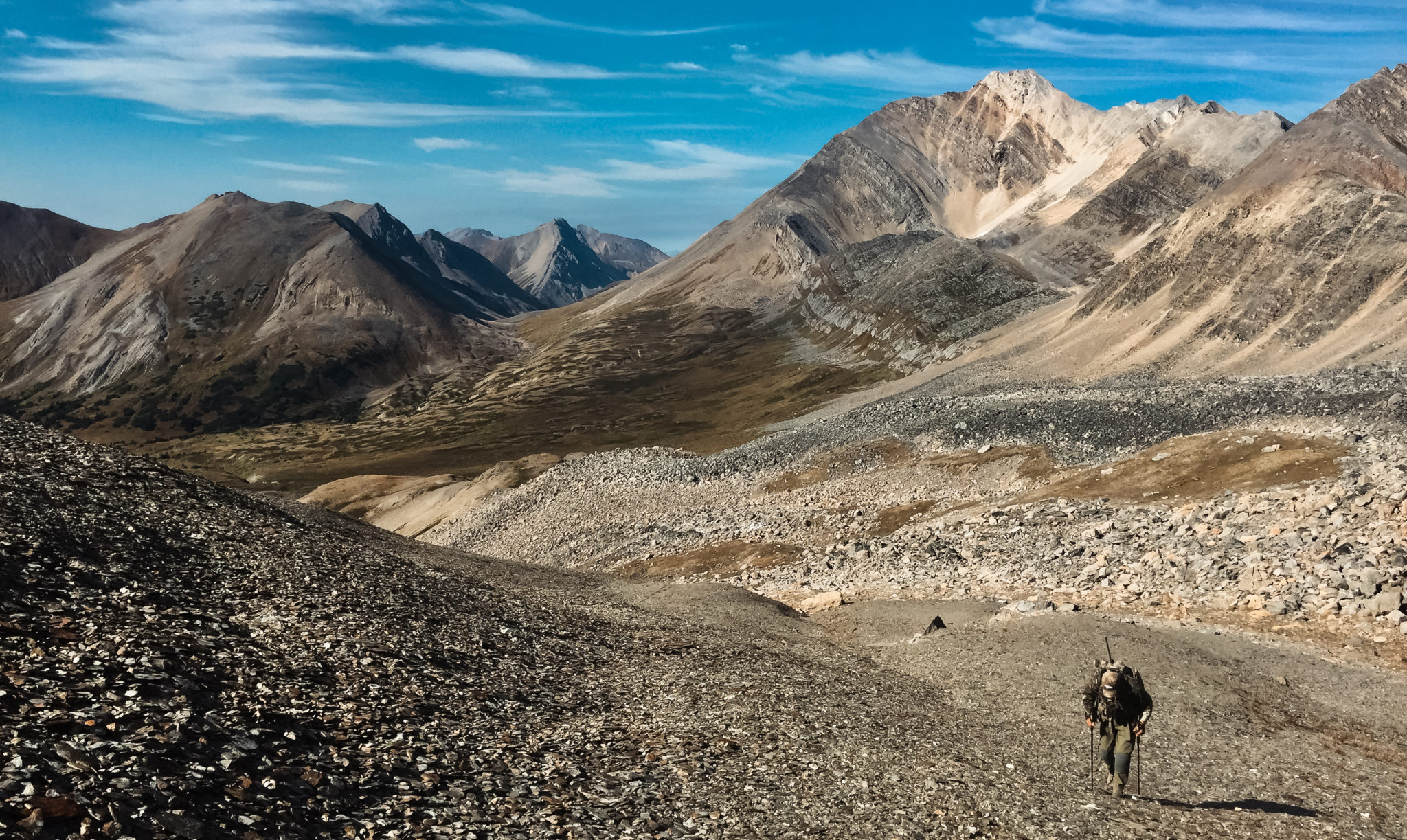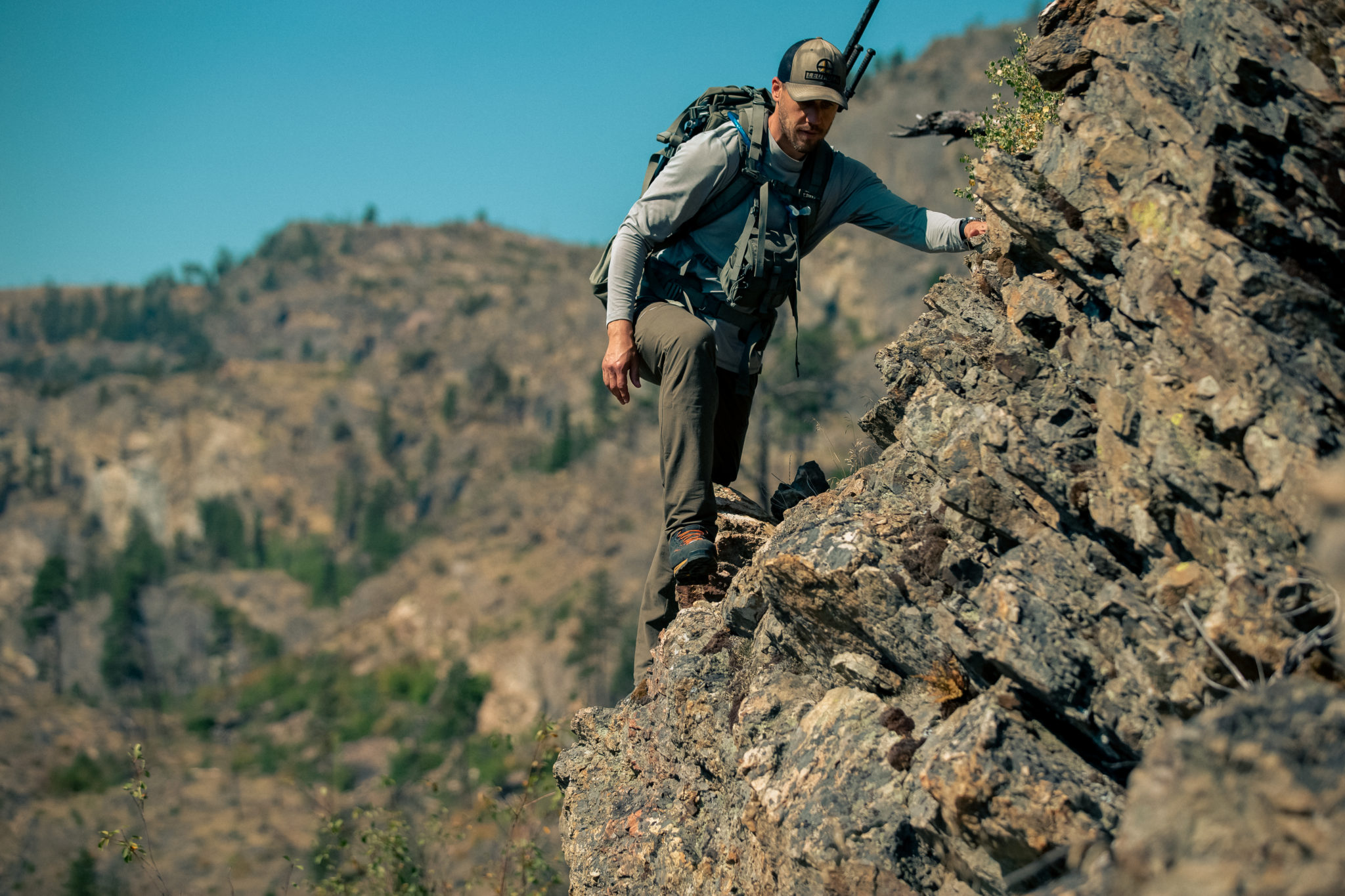Periodization is a constant debate in the world of strength and conditioning. The old guard would have you believe that every program must use periodization or you’re doing yourself a disservice. The naysayers will tell you that periodization is a myth and, if it worked, we’d see personal records and new milestones reached at every major international competition.
Like anything, the truth lies somewhere in the middle. Though periodization may not be the most important aspect of your training program, it can certainly help you maximize your results.
Before we go any further, we should define periodization. Periodization is simply the organization of training elements across time. This time could be as short as a few days or as long as multiple years. When we think about periodization from a practical standpoint, it’s managing what the body is getting lots of vs. what the body could use more of.

Now we can outline a few examples of how to effectively periodize your training. The first thing we want to do is assess what we currently have going on in our lives, especially as it relates to the demands we’re placing on our bodies outside the gym. For the mountain or backcountry hunter, this will vary significantly based on the time of year.
Unless you’re chasing winter mountain goats, December and January are when you should focus on rebuilding your body for the next season. You’ve spent the last few months putting on tons of miles and likely spent a significant amount of time away from family. Being away frequently or for long periods of time means you probably weren’t hitting the gym with any regularity, and if you were, it was pretty minimal.
We need to take a break from all that hiking. This time of year, focus on time with family, eating, sleeping, and working on your mobility. Also, consider seeing a professional bodyworker or manual therapist to help you with any injuries you may have picked up doing the rigorous hunting season. Training in this period should be pretty minimal, consisting of slow-controlled compound strength exercises with an emphasis on range of motion.
Some examples would be goblet squats, dumbbell presses and bench press, and kettlebell deadlifts. Utilize a tempo of 2-seconds down, with a 2-seconds active pause in the bottom of every rep. Three gym sessions per week at 30-60 minutes per session is plenty. The goal is to repair all the damage we’ve done to our bodies by carrying heavy loads, squishing our feet into boots, and enduring long stretches of caloric restriction. Do your training barefoot, go slow, eat lots, and prioritize recovery!
February to April is your pre-season training phase. The pre-season is where we’re going to dial up the intensity and prepare the body for the hunting season. This is when we’ll focus on developing strength, which means prioritizing time in the gym. The big value of strength development is to increase resiliency for hard hiking and rucking. When you get to the next phase of your training, you’ll be spending a good amount of time on your feet and you want to have a bulletproof body to handle all those miles.
I still recommend using the 2-seconds down, 2-seconds pause tempo. Perform sets of 6-12 reps for a given exercise, leaving only 1-2 reps in reserve. Gym sessions will be an hour long starting with a primary lift like squat, split squat, deadlift, or a press or pull variation. After that, we’ll perform 3-4 accessory and hypertrophy exercises for common weak areas. Accessory exercises are movements that target a particular muscle or muscle group. Examples are glute bridges, biceps curls, calf raises… the list goes on.
What about “core”? When training is properly designed, the core is trained simultaneously through strength and accessory work. Though you might still want to include a few specialized core exercises, most of the core strength you’ll develop will be done via compound lifts.
In this pre-season phase, we still need to maintain our hiking fitness. So, once or twice per week, you need to get out and put some miles on. Start modest and build up to some more extended efforts but for now, keep the volume and intensity to a moderate level.
The mid-to late-summer is your in-season training phase. Ideally, you’re doing tons of hiking, rucking, and scouting in preparation for the upcoming season. Your gym sessions should be brief and focused on bang-for-your-buck supportive strength and mobility exercises to assist with the stress and strain you’re accumulating with all those hard miles. Goblet squats, lunges, push-ups, pull-ups, and kettlebells should be at the top of the list.
This is a great time to leverage circuit training. After a good warm-up, pick 4-5 exercises and perform 3-5 rounds of 10-15 reps of each, resting as needed between exercises. The goal is not to make yourself tired but to maintain the strength you’ve built over the past 6 months.
With more time on your feet, you’ll want to reduce your time in the gym. Cut your gym sessions by three-quarters to half; if you were doing 4 days, come down to 3 or even 2 gym sessions. The focus now is on building your engine and your mind. Start doing some hard shit that mimics the unforgiving demands of mountain hunting and build capacity around the strength and power you built over the first 6 months of the year.
Depending on the volume and intensity of the miles you’re putting in and the amount of time you have, you can also consider certain recovery modalities like massage and other soft tissue treatments, cryotherapy, or yoga.
Coming full circle, we are back into hunting season. For the sheep hunters, late summer is your season kick-off. For the elk nuts, it’s early fall. And, all the other species follow suit. Gym sessions are down to once or twice per week, and you’re (hopefully) in excellent backcountry shape.
You should be able to hike on variable terrain for 3-4 hours without stopping. You should feel strong and confident with no nagging injuries. The confidence you’ve built in yourself over the past year of hard training means this is going to be your best hunting season yet. You are prepared to tackle new challenges, reach new heights, and take big risks as you head into the mountains. You know that you’re ready, and all your hard work is about to pay off…
If you want to take your mountain fitness to the next level but want guidance and accountability to follow the schedule outlined in this article, keep an eye on the Beyond the Kill podcast feed for exciting announcements coming soon.




